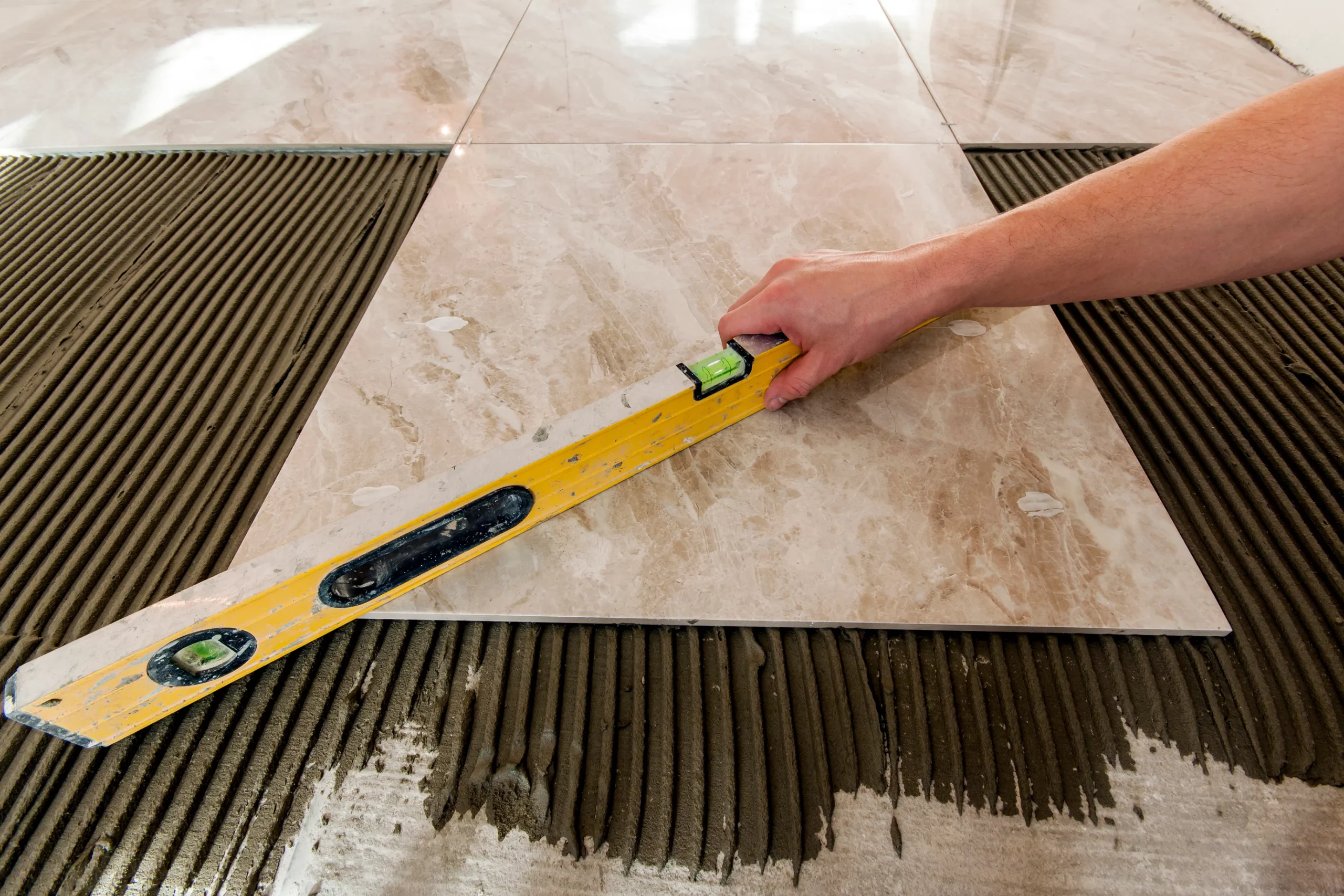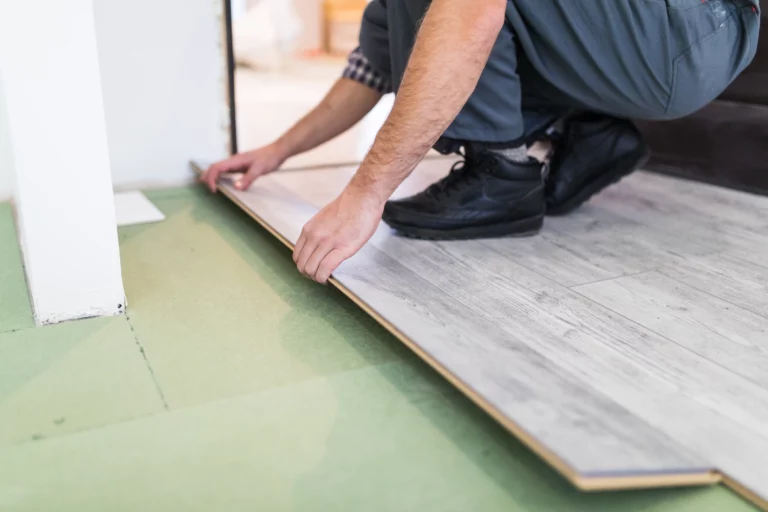When planning a flooring renovation, one of the first questions homeowners ask is: Should you remove tile or tile over it? The answer depends on several factors, including the condition of the existing tile, the type of new flooring you plan to install, and your long-term renovation goals.
Understanding the pros and cons of each option can help you make the best decision for your project and avoid costly mistakes down the road.
When You Should Remove Tile Before Installing New Flooring
Removing the existing tile is often the recommended choice, especially for the following reasons:
1. Structural Integrity
If the original tile floor is cracked, loose, or uneven, installing new flooring over it can lead to serious structural issues. Over time, the movement beneath the surface could cause the new flooring to crack, shift, or fail.
2. Proper Height and Door Clearance
Adding a new floor over existing tile increases the floor height, which can interfere with door swings, appliances, and transitions between rooms. Removing the old tile ensures your new flooring aligns properly with adjacent spaces.
3. Long-Term Durability
Removing tile creates a clean, smooth subfloor, which is essential for the longevity and performance of your new flooring. Flooring materials such as hardwood, vinyl, or laminate need a stable base to perform well over time.
4. Manufacturer Warranties
Many flooring manufacturers require installation over a properly prepared subfloor to maintain product warranties. Skipping the tile removal step could void your new flooring’s warranty.
When You Might Consider Tiling Over Existing Tile
There are certain situations where tiling over existing tile might be acceptable:
1. Tiles Are In Excellent Condition
If the existing tile floor is flat, securely attached, and free from cracks or defects, it might be possible to install new tile directly over it.
2. Time and Budget Constraints
Tiling over can save labor costs and time compared to full tile removal. If you’re on a tight schedule or looking to minimize renovation disruption, it could be a practical short-term solution.
3. Height Is Not an Issue
If increased floor height will not affect door clearances or transitions between rooms, tiling over may be an option worth considering.
The Risks of Tiling Over Existing Tile
While tiling over sounds easy, it does carry risks:
- Bonding Issues: New tile adhesives may not bond properly to old glazed tile surfaces without extensive surface preparation.
- Added Weight: Extra weight from two layers of flooring can put stress on your subfloor and structure.
- Surface Problems: Any imperfections in the existing tile will telegraph through to the new surface, leading to uneven floors or premature cracking.
Ultimately, if you’re looking for the highest-quality, longest-lasting results, it’s often better to remove tile rather than tile over it.
Professional Tile Removal Makes All the Difference
If removing tile sounds like a major project—you’re right. It can be time-consuming, messy, and physically demanding without the proper tools and techniques.
Rather than tackling the hard work yourself, hiring professionals ensures a faster, cleaner, and damage-free process.
Contact JBL Flooring Solutions for Expert Tile Removal
If you’re debating whether to remove tile or tile over, and removing tile feels like too much work, let the experts handle it for you.
At JBL Flooring Solutions, we specialize in dust-free, efficient tile floor removal, preparing your space properly for your next flooring project.
Contact us today for a free tile removal quote and discover why hiring professionals can save you time, money, and stress.




